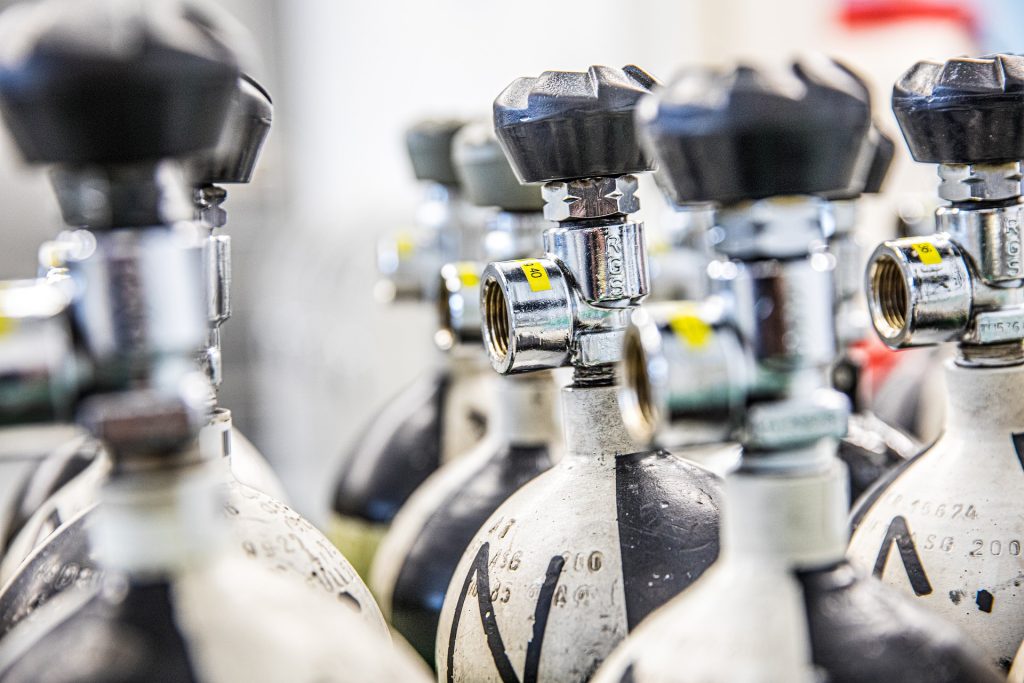A recent study in 12 south-west Nigerian hospitals found that of 57 oxygen concentrators, only 5% (3/57) were producing medical-grade oxygen (defined as >85% purity), and 48% (24/50) of those that turned on and blew gas were simply blowing out air. Data from hospitals in northern Nigeria showed that the situation was even worse in these poorer, more rural, locations. 11https://onlinelibrary.wiley.com/doi/10.1002/ppul.24656
UNICEF has recently published a call for resilient oxygen concentrators that address the above problems together with a target-product-profile and a target technical specification. Our organization has set out to deliver a medically approved, complete design of a device addressing all these issues and manufacture them on a charitable basis.
Our organization relies on volunteers and donations to survive. If you have a dollar to spare or technical expertise to share, please consider helping us out!
